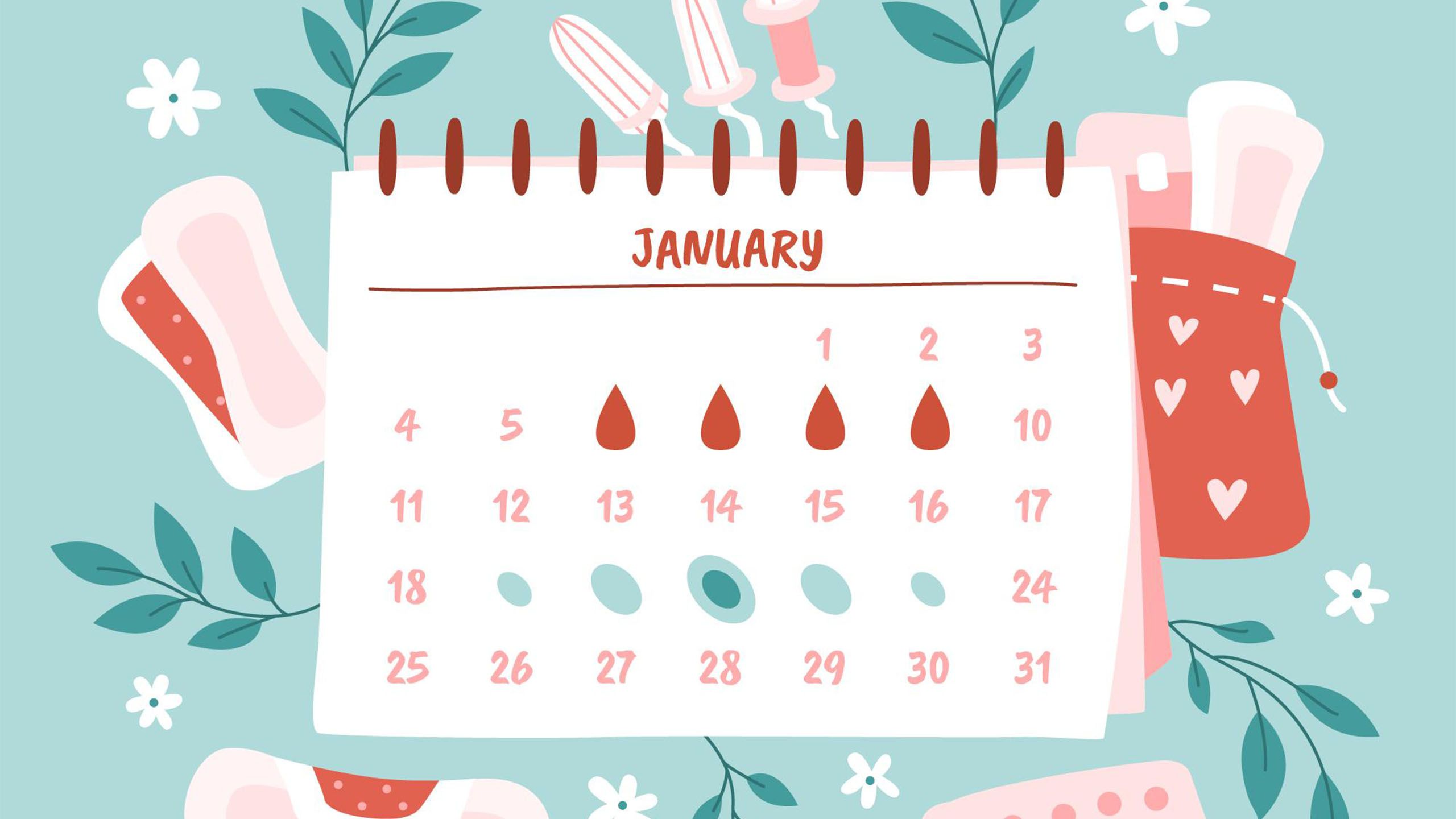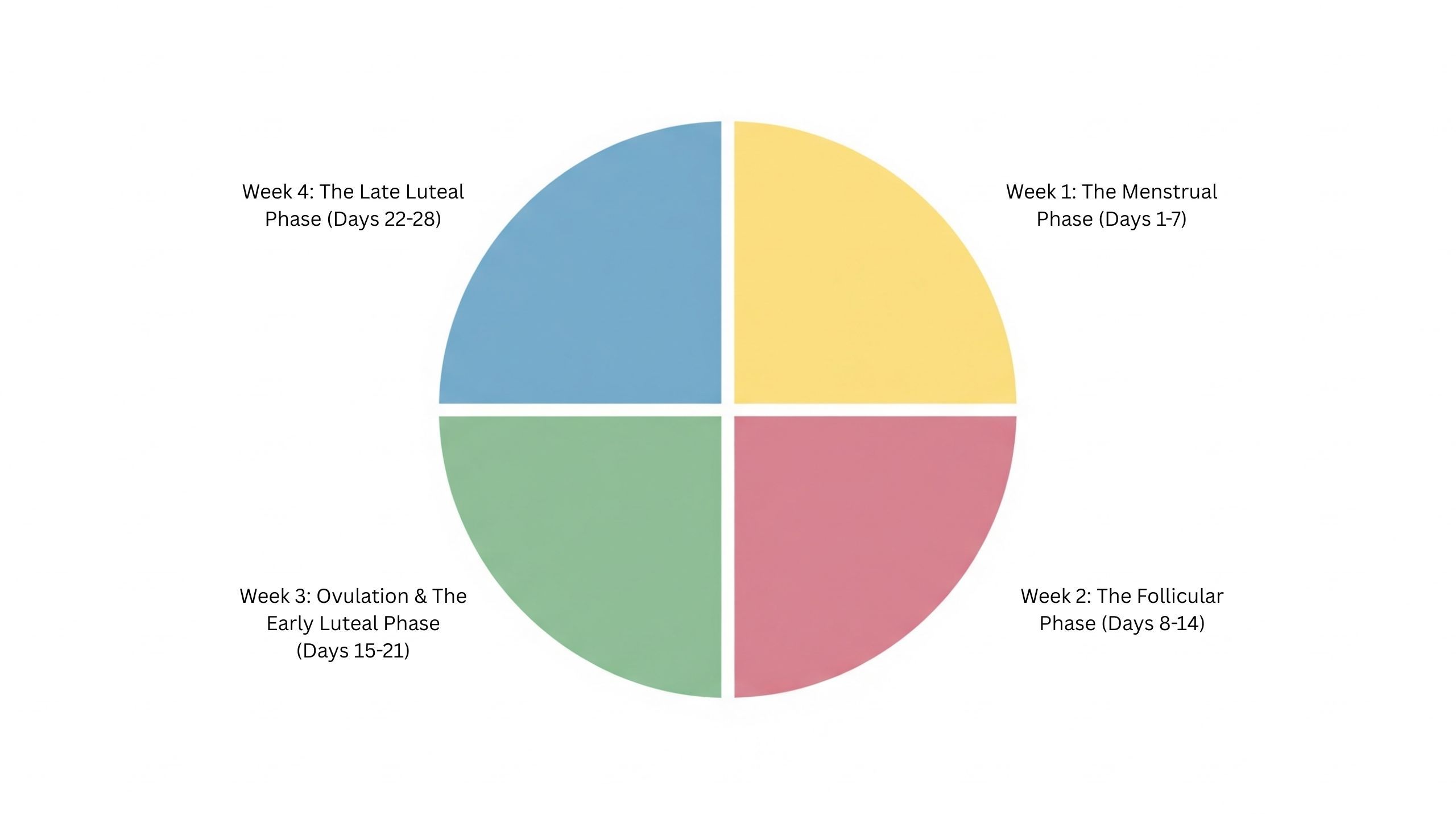A Practical Guide to Easing PMS Symptoms Naturally

For many women, the days or weeks leading up to menstruation can bring a familiar and often unwelcome collection of physical and emotional changes. This experience, known as Premenstrual Syndrome (PMS), can range from mildly annoying to significantly disruptive. While the exact causes of PMS are not fully understood, fluctuations in hormones like estrogen and progesterone are known to play a central role.
If you are looking for ways to manage symptoms such as bloating, cramps, mood swings, and fatigue without immediately turning to medication, several natural, lifestyle-based approaches can offer relief. Here is a practical guide to some of the most effective strategies.
| Symptom | Natural Strategy | Practical Examples |
|---|---|---|
| Bloating & Cramps | Dietary & Lifestyle Adjustments | Reduce salt, increase water intake, eat magnesium-rich foods (leafy greens, nuts), gentle stretching. |
| Mood Swings & Irritability | Exercise & Stress Management | Aerobic exercise (brisk walking), yoga, meditation, prioritize 7-9 hours of sleep. |
| Fatigue & Low Energy | Blood Sugar Regulation | Eat complex carbs (oats, quinoa), limit refined sugar, stay hydrated. |
| Breast Tenderness | Dietary & Supplemental Support | Reduce caffeine intake, consider Evening Primrose Oil (consult a doctor first). |
1. Nutritional Adjustments
What you eat can have a direct impact on hormonal balance and, consequently, your PMS symptoms. Consider making small, consistent changes to your diet throughout the month, not just when symptoms appear.
-
Balance Your Blood Sugar: Focus on complex carbohydrates like whole grains (oats, brown rice, quinoa), fruits, and vegetables. These foods provide a steady supply of energy and can help stabilize mood swings by preventing sharp spikes and crashes in blood sugar.
-
Increase Calcium and Magnesium Intake: Research suggests these minerals may help reduce cramps, water retention, and mood-related symptoms. Good sources of calcium include dairy products, fortified plant-based milks, and leafy greens like kale. For magnesium, turn to nuts, seeds, beans, and dark chocolate.
-
Limit Salt, Sugar, and Caffeine: High salt intake can contribute to bloating and breast tenderness. Excessive sugar can destabilize your mood and energy levels. While a morning coffee might be essential, high caffeine intake can increase anxiety, irritability, and breast soreness in some women. Try reducing your intake in the week or two before your period to see if it helps.
-
Stay Hydrated: Drinking plenty of water might seem counterintuitive when you feel bloated, but it helps your body flush out excess sodium and can ease water retention.
2. The Role of Regular Movement
Physical activity is a well-established method for improving both physical and mental well-being, and it’s particularly helpful for managing PMS.
-
Aerobic Exercise: Activities that get your heart rate up, such as brisk walking, jogging, swimming, or cycling, can boost the production of endorphins. These chemicals act as natural pain relievers and mood enhancers, helping to combat cramps and feelings of sadness or irritability. Aim for at least 30 minutes of moderate activity most days of the week.
-
Mindful Movement: Practices like yoga and gentle stretching can be especially beneficial. Yoga helps reduce stress, ease muscle tension, and can alleviate cramping. Specific poses are designed to relax the pelvic region, providing targeted relief.
3. Stress Management and Sleep
The connection between stress and PMS is strong. High stress levels can worsen symptoms, creating a challenging cycle. Prioritizing rest and relaxation is key.
-
Prioritize Sleep: Hormonal shifts can disrupt sleep, but a lack of quality rest can make PMS symptoms feel much worse. Aim for 7-9 hours of consistent sleep per night. Establish a calming bedtime routine, such as turning off screens an hour beforehand or reading a book, to signal to your body that it's time to rest.
-
Incorporate Relaxation Techniques: Simple practices can make a significant difference in how you handle premenstrual stress and anxiety. Deep breathing exercises, meditation, or spending quiet time in nature can help calm your nervous system. Even a warm bath with Epsom salts can soothe aching muscles and a tense mind.
4. Supplemental Support
Certain supplements and herbal remedies have been studied for their potential to ease PMS symptoms. However, it is crucial to approach this area with care.
-
Chasteberry (Vitex agnus-castus): This is one of the most well-researched herbs for PMS. It is believed to help balance certain hormones and may be effective in reducing symptoms like breast tenderness, irritability, and headaches.
-
Evening Primrose Oil: Rich in an essential fatty acid called gamma-linolenic acid (GLA), evening primrose oil is often used to address breast pain associated with the menstrual cycle.
-
Vitamin B6: This vitamin plays a role in producing neurotransmitters that regulate mood. Some studies suggest it may help with emotional symptoms of PMS.
Important Note: Before starting any new supplement or herb, it is essential to consult with a healthcare provider. They can help you determine the appropriate dosage and ensure it won’t interact with other medications you may be taking or be unsuitable for your specific health situation.
Finding What Works for You
Managing PMS naturally is about finding a combination of strategies that fits your lifestyle and addresses your specific symptoms. It can be helpful to track your cycle and symptoms in a journal or app to identify patterns. This allows you to anticipate challenging days and proactively apply these techniques.
By making mindful adjustments to your diet, exercise routine, and stress management habits, you can play an active role in reducing the monthly discomfort of PMS and supporting your overall well-being. If your symptoms are severe or do not improve with these changes, seeking advice from a qualified healthcare professional is always the recommended next step.
Disclaimer: The articles and information provided by the Vagina Institute are for informational and educational purposes only. This content is not intended to be a substitute for professional medical advice, diagnosis, or treatment. Always seek the advice of your physician or another qualified health provider with any questions you may have regarding a medical condition.


 English
English  Deutsch
Deutsch  Español
Español  Français
Français 


